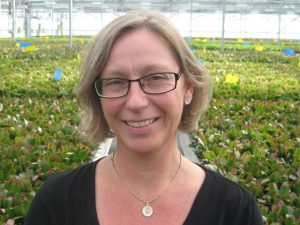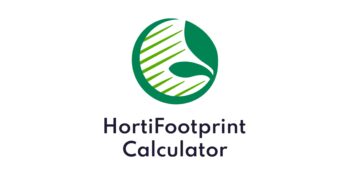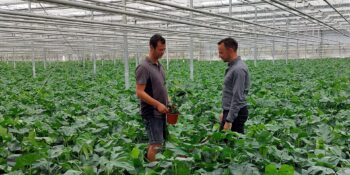Gartneriet Thoruplund was the first Danish MPS customer 25 years ago, when sustainability was not yet high on the agenda in the floriculture sector. Nevertheless, the pot plant company decided to start with MPS-ABC and later also MPS-GAP and MPS-SQ. “It’s in our DNA to take good care of the environment,” says Karin Rostock Clemmensen, project coordinator at Gartneriet Thoruplund.

Karin Rostock Clemmensen, project coordinator at Gartneriet Thoruplund
The Danish family business, which is located in Odense, grows campanulas, schlumbergeras and roses, among other things. Karin has been working at Gartneriet Thoruplund for over thirty years. “When we signed up for MPS-ABC 25 years ago, we were looking for a way to show our customers that we grew our products in an environmentally conscious way. With MPS-ABC we were able to demonstrate our sustainability efforts. We notice that this is still becoming increasingly important in 2022.”
Use of fungi
Gartneriet Thoruplund guarantees environmental performance with MPS-ABC. An A+, A, B or C qualification is awarded based on the usage of crop protection agents, fertilisers, energy and waste. With this, companies show how they score in comparison with other companies with the same cultivation conditions and products. MPS-GAP shows that the company meets requirements in the field of the environment, traceability and crop protection agents and MPS-SQ shows that the company meets (inter)national requirements in the field of health and safety of employees.
There is a reason that the company scores an A+. For example, different types of biology are used instead of crop protection agents, for example certain fungi are used. Karin says: “These fungi eat the fungi that are harmful to the plant. We try to fight fungi and diseases as biologically as possible. If we do use crop protection agents, we check whether they are classified as red, amber, green or white substances at MPS-ABC.” Within MPS-ABC, crop protection agents are classified in these colours on the basis of environmental factors, dust properties and emission-limiting measures, with white products being the most environmentally friendly.
Climate goals
To ensure that few crop protection agents are needed anyway, the company ensures strong and resilient plants. “We are breeding new species that are resistant to fungal infections, so that we can grow them using only biology”, Karin says. “We also collect rainwater and use as little energy as possible. This is partly possible because we have invested in insulation screens. To further reduce our ecological footprint, we want to invest in heat pumps or district heating.”
The United Nations’ climate goals are no stranger to the nursery either. “We feel co-responsible for achieving certain goals. Most important to us are climate goal 12: responsible usage and production, and climate goal 15: life on land,” Karin says. In addition, we are aware of goals 5 and 8 on gender equality, decent work and economic growth. We are continuously working towards a greener and more sustainable world and we encourage our suppliers, customers and employees to do the same.”



